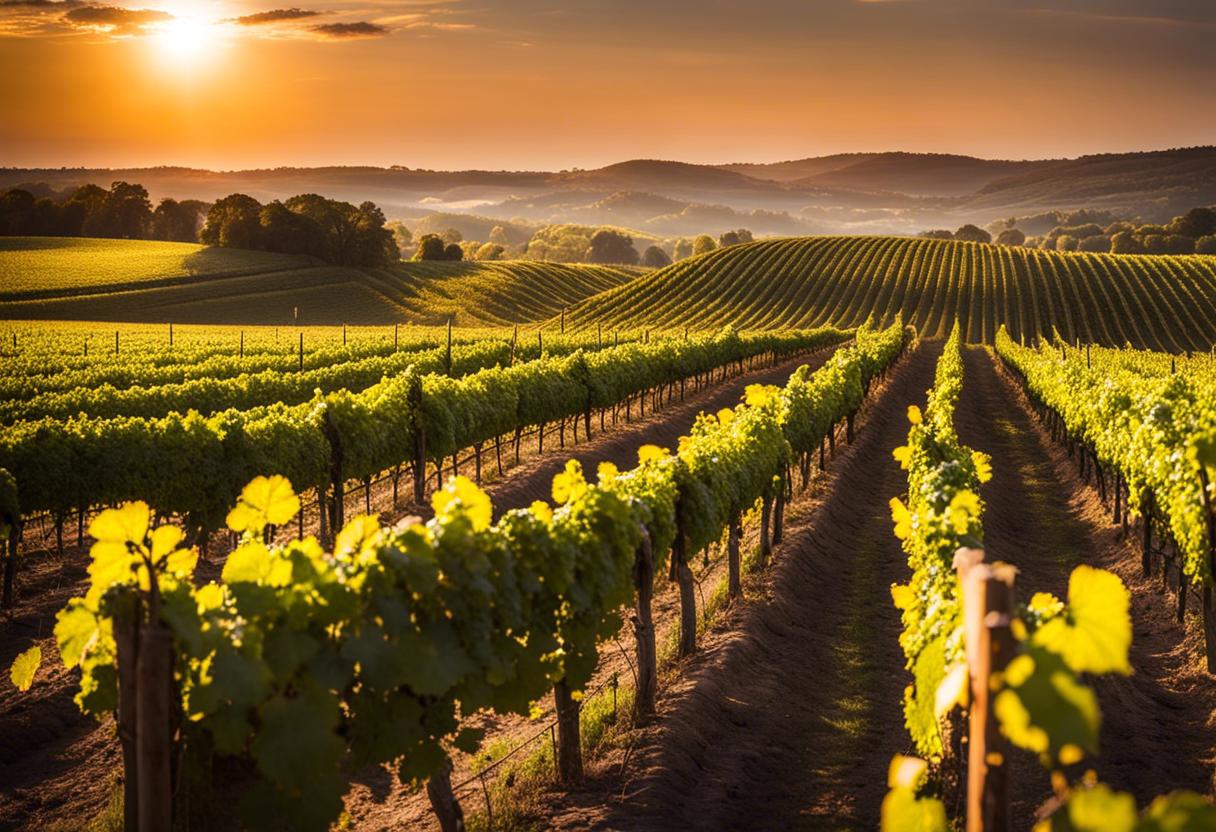The belief that a rosé with a darker shade will be sweeter than a rosé that is paler is a wide-spread misunderstanding. In reality, the sweetness of any wine is not determined by its colour though it could suggest a higher fruit content. The notion that a wine’s sweetness level can be gauged by its colour does not hold true, this applies to red wine as well.
The darkness or lightness of a rosé is majorly influenced by the variety of grapes used by the winemaker. For instance, if they use dark-skinned black grapes like Syrah or Cabernet Sauvignon, the resulting wine will have a darker, deeper hue. On the other hand, wines produced from varieties with light-coloured, thin skins, such as Pinot Noir or Garnacha/Grenache, are generally paler.
Rosé producers normally choose grape types that lend a light colour and an abundant fruity taste. The practice of steeping the juice with the skins for extended periods results in a rosé of deeper colour, with more tannins. Winemakers can also opt to add white grapes, thereby lightening the wine’s colour. While most countries prohibit the practice of adding white wine to red, pink Champagne is a recognized exception.
The process of making most rosés involves macerating the grapes together with the juice, with durations varying from a few hours to several days. The juice is later separated and fermented until it’s dry. Whispering Angel, a renowned Provence rosé, is made from grenache, cinsault, and rolle, which is a white grape.
At present, Provence rosé boasts significant popularity. It typically has a very pale colour, and is majorly made from the light-coloured grenache and cinsault grapes, occasionally mixed with Mourvèdre and/or Syrah. These wines are commonly dry, with a light red summer fruit taste and sometimes a hint of wild herbs. Its taste and colour closely resemble a white wine. This great addition to any poolside also pairs well with mixed salads and grilled fish. So, despite its reputation as being playful and frivolous, there’s always room for a bit of rosé in everyone’s life.
Currently, 10% of the world’s rosé wine is produced in Provence. However, a myriad other regions, including Spain’s Navarra and Rioja, Piemonte in Italy, Portugal, and other French districts like the Loire Valley, Bordeaux, and Languedoc also manufacture high-quality rosé wines. Almost all wine-making nations, as a matter of fact, produce some form of rosé. Many of these wines have a darker hue but generally tend to be dry.

